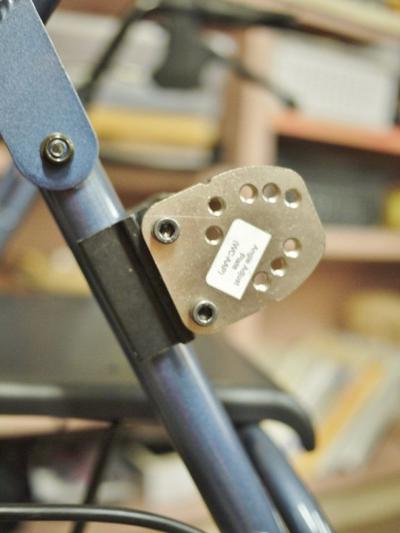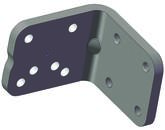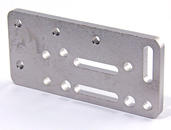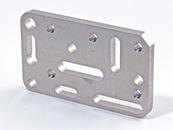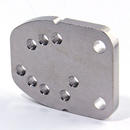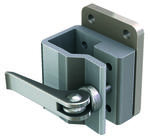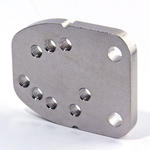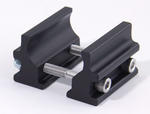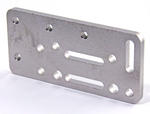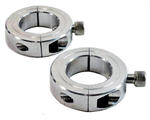Offsets attach to the wheelchair attachment hardware, and are used to:
- Get around obstacles such as trays, brakes, footrests and armrests
- Position the Wheelchair Bracket so the post is in the optimal position (post can be inserted and removed, brakes are unobstructed, footrests removed, accommodate the tray, etc)
- Adjust the angle of the hardware and/or bracket to make sure the post is vertical
These plates can all be used to offset. To figure out which offset plate will work for you, see our Offset Guide.

